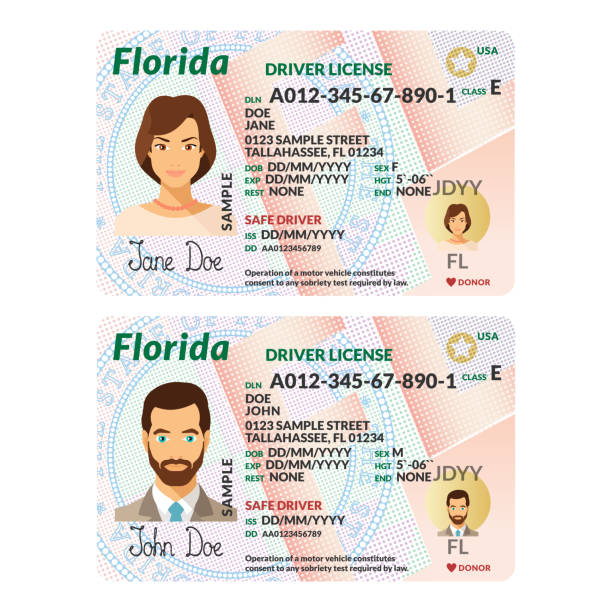
Decoding the Mystery of Scannable Counterfeit IDs
As a business owner, it’s essential to be able to spot a fake ID in order to protect your business and customers from potential liabilities. Unfortunately, Buy fake id have become increasingly sophisticated and difficult to detect. In this blog post, we will explore the mystery of scannable counterfeit IDs and provide insight into the best methods for authenticating an ID. We’ll cover the basics of scannable IDs and the various technologies involved in creating them. We’ll also explore the various methods that businesses can use to detect a fake ID and prevent any potential fraud. Finally, we’ll provide tips and tricks for businesses to keep in mind to stay one step ahead of criminals and ensure their customers are safe.
1. Understanding the legal ramifications of counterfeiting
Counterfeiting of any form is a serious crime and carries severe legal ramifications. It is illegal to produce or reproduce any form of identification, including driver’s licenses, passports, or other forms of identification (as defined by federal and state laws). Doing so may result in criminal charges, including fines and imprisonment. The penalties for counterfeiting can vary greatly depending on the particular state or jurisdiction; however, all forms of counterfeiting are punishable by fines and/or imprisonment. It is important to understand the legal ramifications of counterfeiting before engaging in such activities.
2. Identifying the various security features of scannable IDs
When it comes to identifying the various security features of scannable IDs, the most important thing to remember is that these documents are designed to be difficult to replicate or counterfeit. The physical elements of scannable IDs, such as holograms, watermarks, and microprinting, can be difficult to replicate. Additionally, the IDs have a multitude of encoded data that can be used to verify the authenticity of the document. This data can include biometric information, including fingerprints, facial recognition data, or retina scans. It is also important to remember that the encoding of the data must match the data on the physical document. If any of the data is missing or incorrect, it is an indication that the document is not genuine.
3. Employing best practices for detecting fraudulent IDs
The increasing sophistication of counterfeit IDs makes it more and more difficult for businesses to detect fraudulent documents. However, there are best practices that businesses can implement to make it easier to spot an ID that isn’t authentic. One of the most important of these is to make sure that all employees are trained to recognize the signs of a counterfeit document. Businesses should also invest in high-tech scanning tools to detect fake IDs quickly and accurately. Finally, businesses should use a secure, tamper-proof ID validation system to ensure that the document is legitimate. By utilizing these best practices, businesses can help to successfully combat the growing problem of counterfeit IDs.
In conclusion, the ability to detect scannable counterfeit IDs is an important skill in any security setting. With the right tools and techniques, it’s possible to distinguish between authentic and fraudulent documents. By understanding the signs of a counterfeit ID, and using the right technology, security professionals can protect their establishments and keep fraudulent activity at bay.